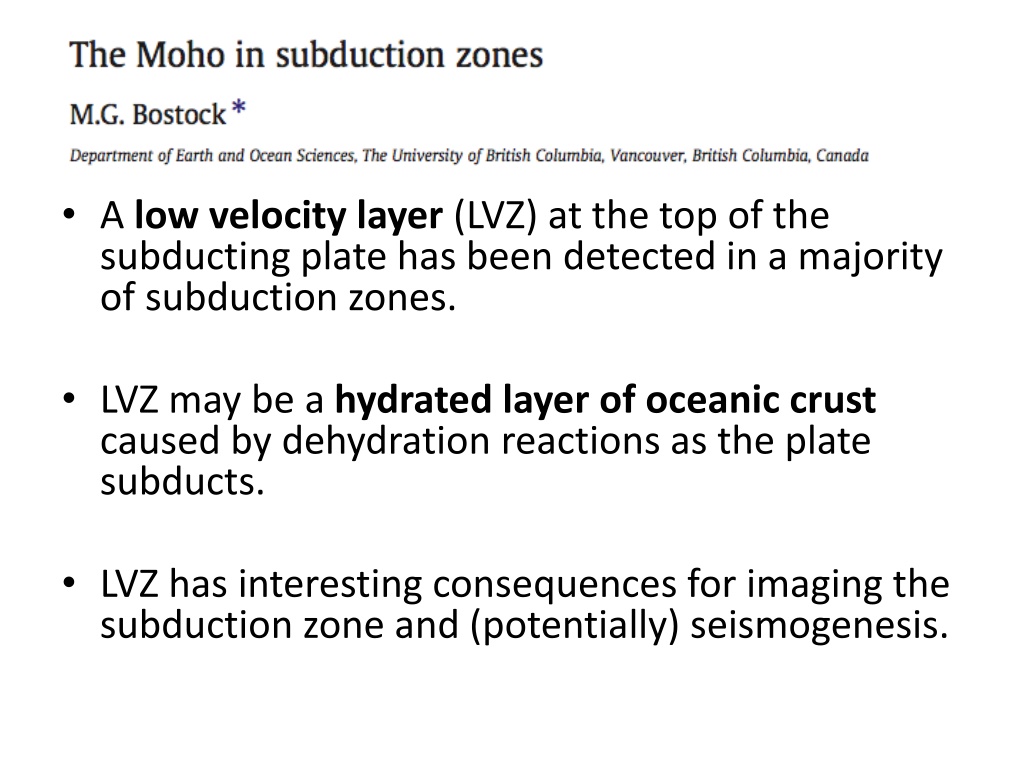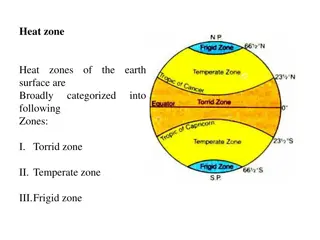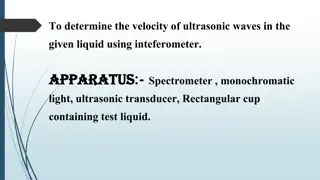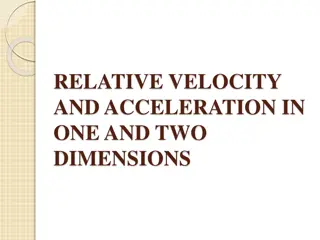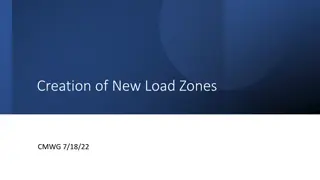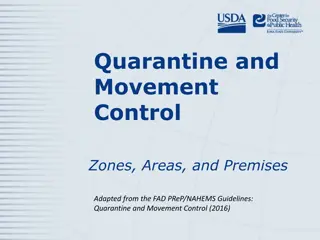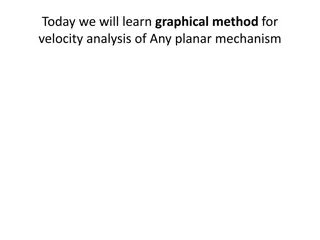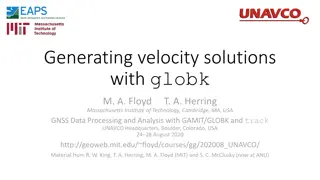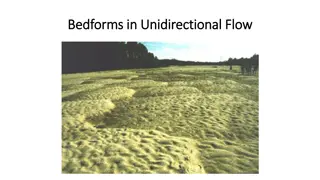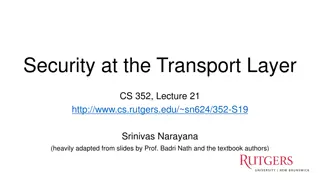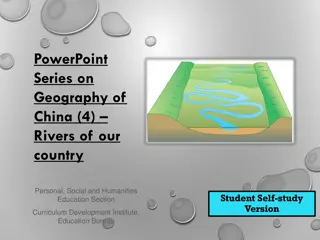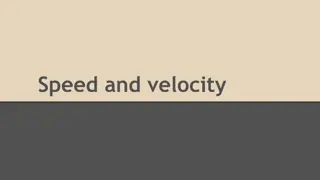Understanding the Low Velocity Layer (LVZ) in Subduction Zones
The presence of a Low Velocity Layer (LVZ) at the top of subducting plates in subduction zones has significant implications for imaging and potentially seismogenesis. This hydrated layer of oceanic crust, likely caused by dehydration reactions during subduction, affects seismic wave behaviors and can be detected through various seismic imaging techniques. The distribution and properties of the LVZ provide insights into subduction zone dynamics and fluid pathways beneath volcanoes, shedding light on processes such as high pore fluid pressures, material transport, and surface magmatism. Various models and studies explore the complexities and consequences of the LVZ in subduction regions.
Download Presentation

Please find below an Image/Link to download the presentation.
The content on the website is provided AS IS for your information and personal use only. It may not be sold, licensed, or shared on other websites without obtaining consent from the author. Download presentation by click this link. If you encounter any issues during the download, it is possible that the publisher has removed the file from their server.
E N D
Presentation Transcript
A low velocity layer (LVZ) at the top of the subducting plate has been detected in a majority of subduction zones. LVZ may be a hydrated layer of oceanic crust caused by dehydration reactions as the plate subducts. LVZ has interesting consequences for imaging the subduction zone and (potentially) seismogenesis.
Interrogating Shallow Subduction Zone Structure Seismic wave conversions and reverberations Seismic reflection studies Refraction seismic tomography Low velocity wave guides Blue & Red lines bound the LVZ Black line = Oceanic Moho
Schematic Model of Hydrologic Evolution
Distributed Shear Zone LVZ = Entire Oceanic Crust Fluid-rich Layer within the Overriding Continental Crust Serpentinized Mantle Layer Possible Interpretations of the LVZ This Paper: Upper Oceanic Crust
Global Survey
Magnetotellurics and Fluid Pathways beneath Volcanoes McGary et al., Nature, 2014
Fluids, Viscosity & Volcanism Honda & Saito, 2003 Honda and Yoshida, 2005 (modified after Hasegawa and Nakajima, 2004)
Upper Mantle How are high pore fluid pressures and dehydration reactions related to seismicity (i.e., tremor, Wadati- Benioff zone seismicity)? Along-strike variations? What are the pathways for volatiles and melt in the subduction system and how does this ultimately manifest as surface volcanism? Lower Mantle How do slab fragments contribute to surface magmatism? Why do some slabs bend and stagnate while others penetrate into the deep mantle? What does this mean for material transport?
Upper Mantle How are high pore fluid pressures and dehydration reactions related to seismicity (i.e., tremor, Wadati- Benioff zone seismicity)? Along-strike variations? Subduction Zone Observatory Wish List Ocean Bottom Seismometers What are the pathways for volatiles and melt in the subduction system and how does this ultimately manifest as surface volcanism? Long Running Networks (on land and offshore) Magnetotelluric Surveying Lower Mantle Does a subduction zone observatory need to be confined to subduction zones?? How do slab fragments contribute to surface magmatism? Why do some slabs bend and stagnate while others penetrate into the deep mantle? What does this mean for material transport?
